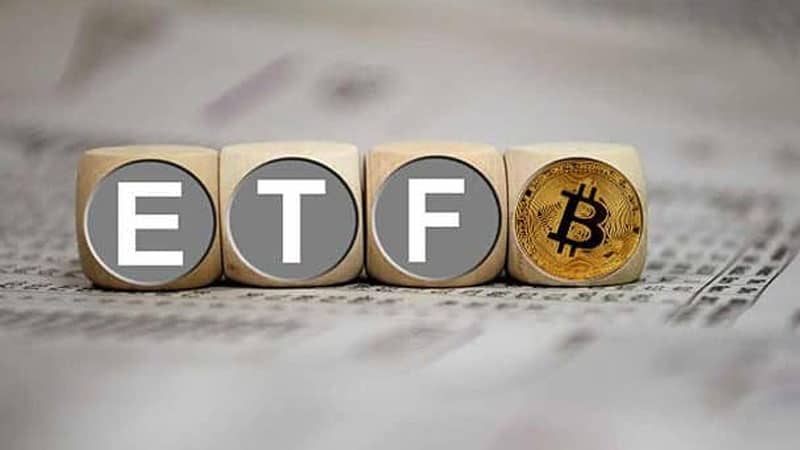Last Updated on
Aside from Ethereum (ETH), Cosmos (ATOM), and EOSIO (EOS), Polkadot (DOT) is just one example of a number of competing blockchain projects attempting to build an ecosystem of cryptocurrencies.
Polkadot, on the other hand, was only released in the year 2020, making it one of the most recent, and it presents a number of innovative technical features in order to accomplish its lofty objectives.
The Polkadot software is designed to encourage the operation of a blockchain by a global network of computers. Users of the software can then build and run their own blockchains on top of the Polkadot blockchain.
Polkadot is currently one of the most well-funded blockchain projects in the history of the industry, having raised close to two hundred million dollars from investors through the sale of its DOT cryptocurrency.
Polkadot to USD Chart
[ccpw id=”159071″]
Convertor
[ccpw id=”159072″]
Coin Project
[ccpw id=”159073″]
To get things started, Polkadot is capable of running not one but two different kinds of blockchains:
- There is a primary network known as a relay chain, also known as the network where transactions are permanently stored
- and there are also user-created networks known as parachains. Transactions conducted on a parachain can take advantage of the same level of protection afforded to transactions conducted on the relay chain because the former can be adapted to suit a wide variety of purposes, and the latter can be connected to it.
The Polkadot team believes that with this architecture, it will only be necessary to use the computing resources that are required to run the main chain to ensure that transactions are both accurate and secure.
Users, on the other hand, get the added benefit of being able to personalize a large number of parachains for a variety of applications.
The design is hoped to make it possible for the platform’s users to conduct transactions in a manner that is both more discreet and effective.
This will result in the creation of blockchains that either does not make user data available to the public network or that, alternatively, can handle a higher volume of transactions.
Markets
[ccpw id=”41288″]
Wallets
| Ledger | Visit website |
| Trezor | Visit website |
| Math Wallet | Visit website |
| Trust Wallet | Visit website |
| BTC Wallet | Visit website |
| Electrum | Visit website |
| Coinbase | Visit website |
| Cobo | Visit website |
News
You might be interested in

Around 7 million Robinhood users affected by data breach

Bitcoin ETF: What is it, price, and ticker symbol


FAQs
What are Parachains?
The Polkadot (DOT) and Kusama (KSM) networks both include something called a parachain, which can be defined as a custom blockchain designed for a specific project.
Many different use cases can be implemented using Parachains and they are connected to a central blockchain known as the Relay Chain, which is an essential component in both Kus and Polkadot networks.
How is Polkadot different from Ethereum?
Since Polkadot and Ethereum both have well-known founders, there has been a lot of talk about what makes them different. Both networks have a main blockchain where transactions are finalized and where smaller blockchains that use their resources can be made.
Both technologies use staking instead of mining to keep the network running smoothly. Researchers are still looking into how transactions could be made possible between the networks.
Parity, for example, has made technology for people who want to use Ethereum’s code and community to make applications that run on Polkadot.



